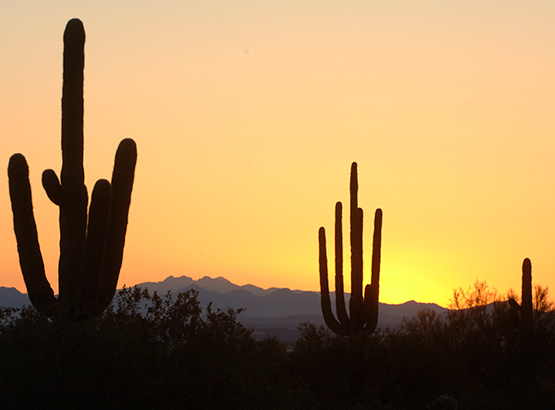Northern Grasshopper Mouse
Northern grasshoppers have relatively short tails compared to other mice; their tails are less than half of their body length. Their ventral color is white, and their dorsal color can range from dark brown to a lighter pinkish color.

About
In captivity, a northern grasshopper mice can live over four years. Grasshopper mice are unique in that they have a mostly carnivorous diet of insects and have even been known to eat other mice. They aggressively stalk their prey and will let out a shrill cry before they strike. They are more active on nights when the moon is out because of the ambient light. For the most part, they are solitary and can be very territorial.
Where They Are Found
The northern grasshopper mouse can be found in a variety of ecosystems ranging from short grass prairies, sagebrush deserts and sand dunes. They prefer areas with sandy soils for building their burrows, although they will also make homes in existing burrows dug by other animals.

Our Mission
To conserve Arizona’s diverse wildlife resources and manage for safe, compatible outdoor recreation opportunities for current and future generations.
Wildlife Viewing
See wildlife species in the wild.
The Wildlife Viewing Program is committed to achieving wildlife conservation by engaging the public in activities and with cams that increase awareness of and appreciation for wildlife garnering public support for the Department’s unique role in wildlife management. These practices ensure the continued existence of Arizona’s diverse wildlife and habitats by promoting sustainable viewing practices.
See more in the wildlife viewing section of the website
